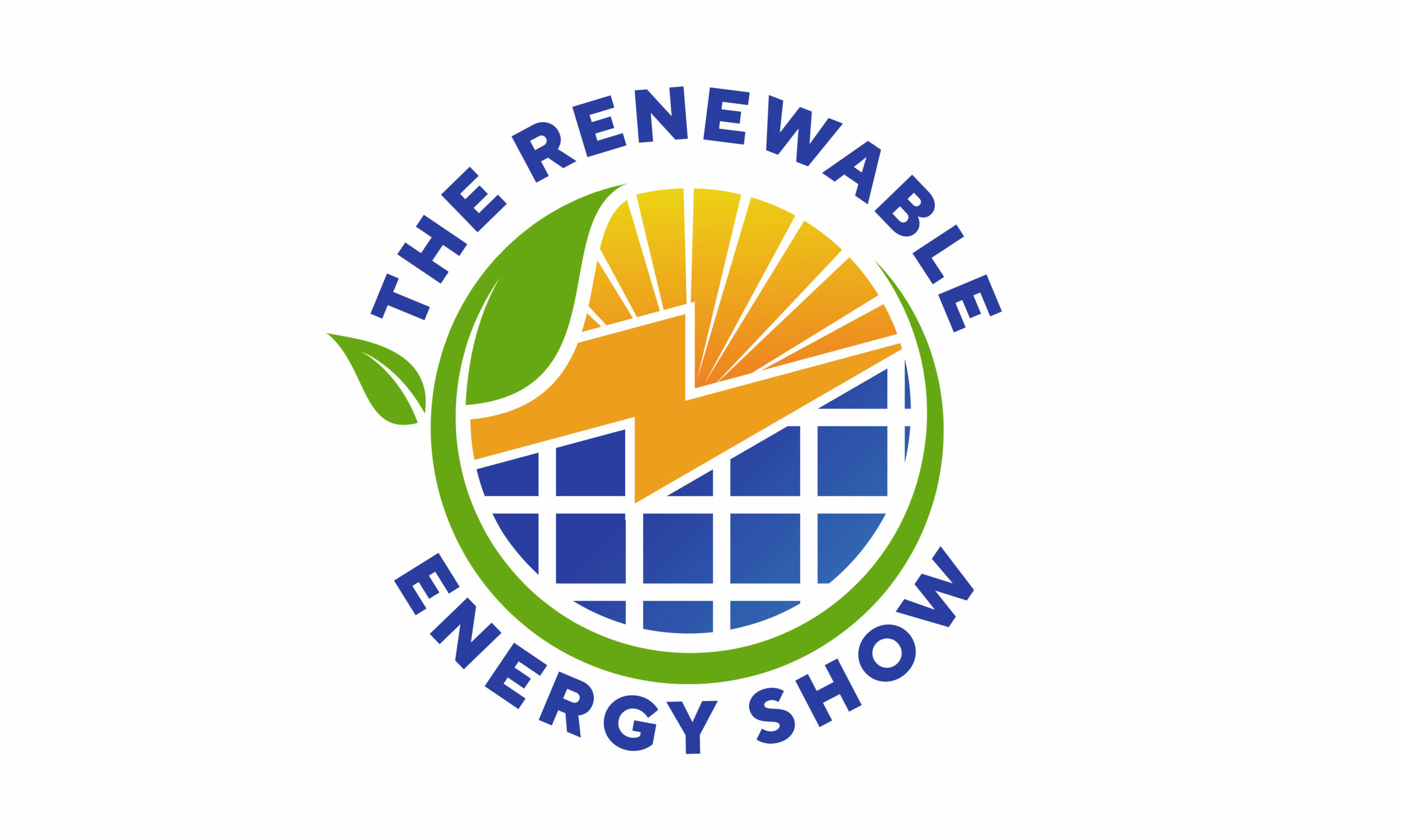When we talk about renewable energy, solar and wind usually steal the spotlight. But there’s an old-school player quietly doing its part—hydroelectric power. It’s not flashy like the newest solar panel, but it’s reliable, powerful, and surprisingly elegant in its simplicity.
So, what exactly is hydroelectric power? Simply put, it’s electricity generated by harnessing the energy from moving water, usually a river or dam. Water flows through turbines, spinning them, which creates electricity. It’s like nature’s version of a giant water wheel, transformed into 21st-century technology.
One of the best parts about hydroelectric power is its consistency. Unlike solar and wind, which depend heavily on weather and time of day, hydro can produce a steady output almost 24/7. When the sun goes down or the wind dies, hydro can pick up the slack. This makes it an excellent backbone for renewable energy grids.
Plus, hydroelectric power plants usually have a long lifespan. Many dams built decades ago are still churning out electricity today. Maintenance can be costly, but considering the decades of output, it becomes a pretty economical investment over time.
There are environmental factors to weigh as well. Large dams can change ecosystems, affect fish migration, and sometimes displace communities. But modern approaches, including smaller-scale “run-of-the-river” systems, try to minimize these impacts while still tapping into the power of flowing water.
In the grand scheme, hydroelectric power offers a solid, dependable piece of the puzzle for a cleaner energy future. It might not be the trendiest or the newest tech, but it’s a steady performer with plenty of untapped potential yet to explore. So next time you flip a switch, there’s a decent chance water’s hard work is behind that light. Pretty cool, right?
